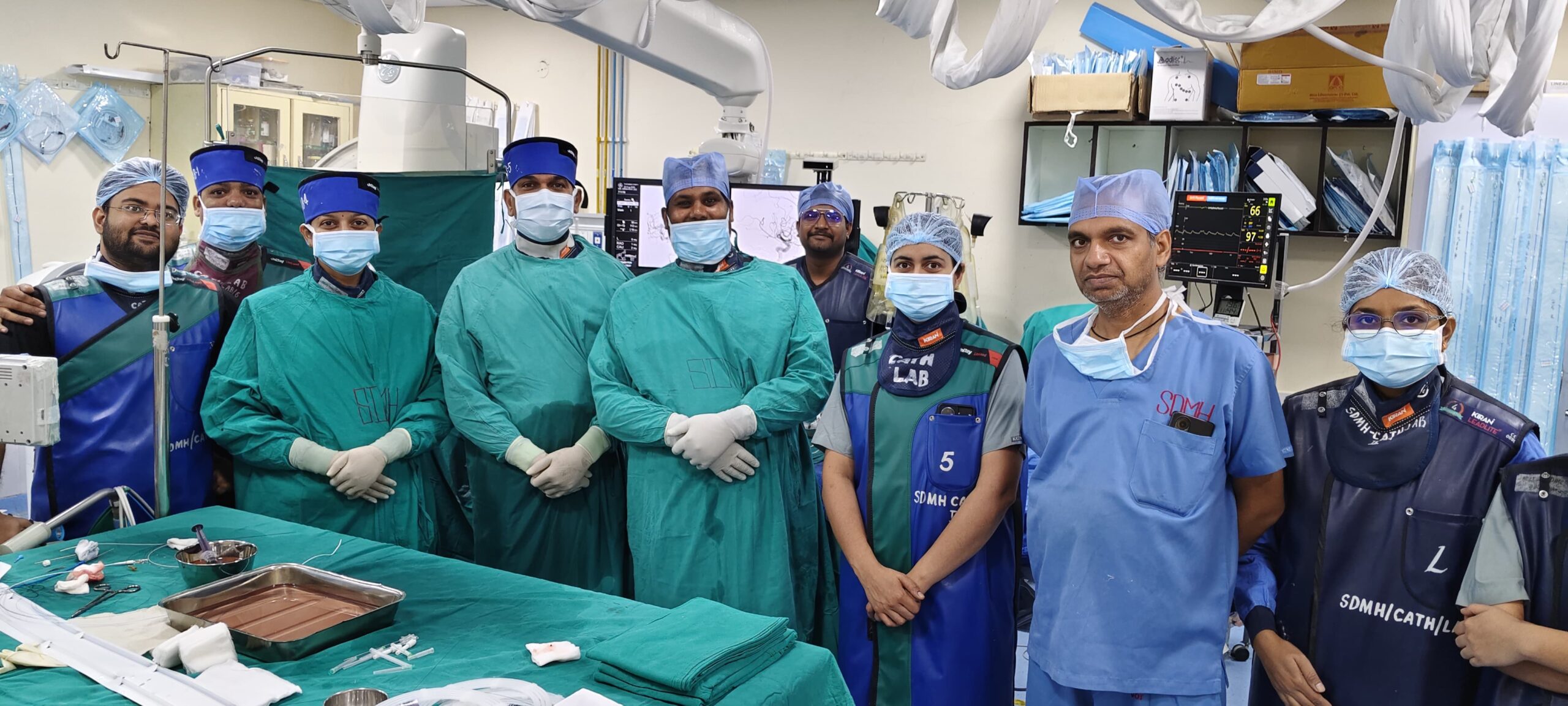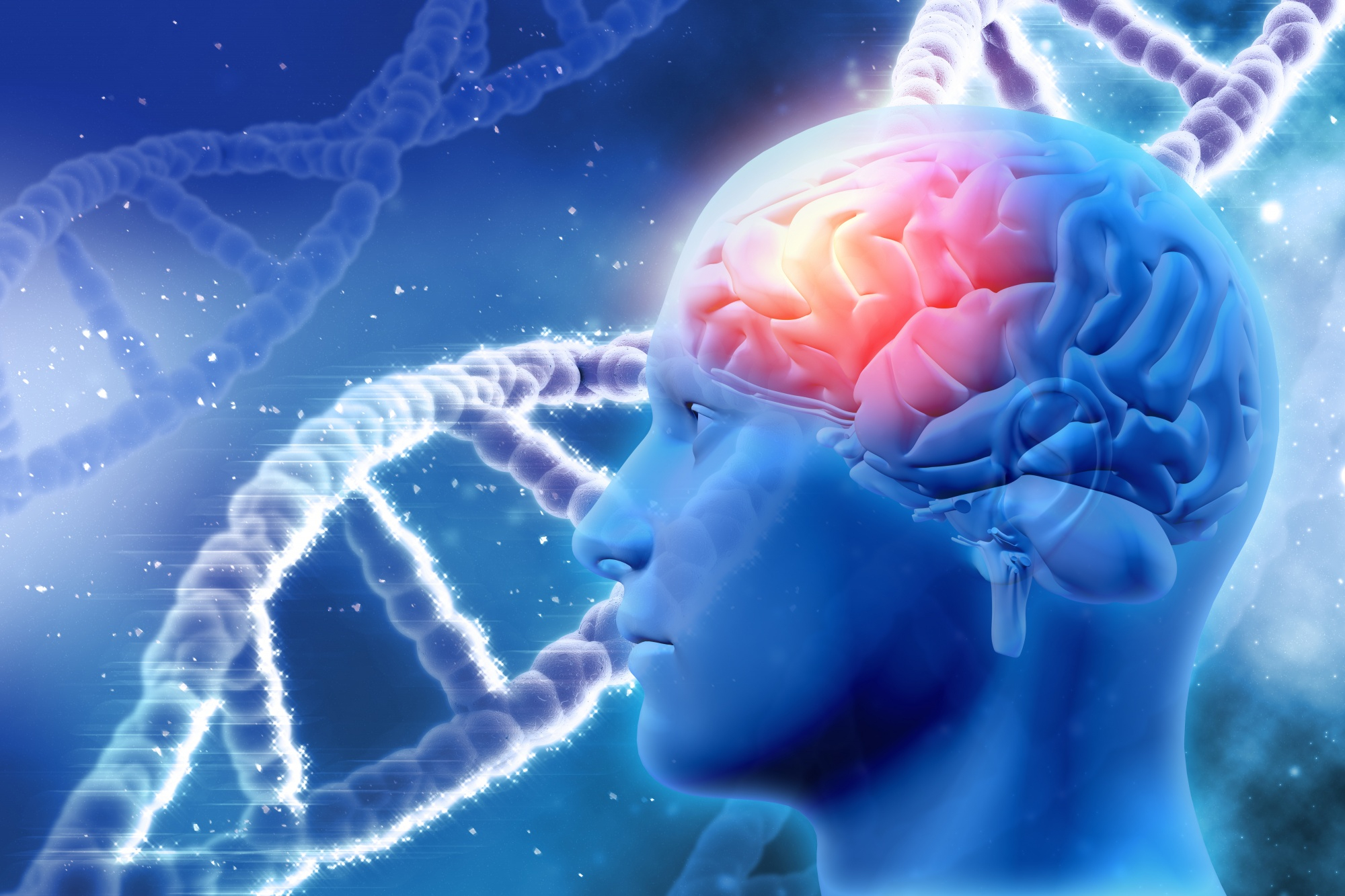Subtotal ₹0.00
Shopping cart
- drsharmadp@gmail.com
- B-434, Pradhan Marg, Vidyut Abhiyanta Colony, Malviya Nagar, Jaipur (Raj.)
Ischemic stroke is caused by a blockage in a blood vessel supplying blood to the brain, usually due to a blood clot. It is a medical emergency that can lead to permanent brain damage if not treated quickly. Dr. D.P. Sharma (MBBS, MS, M.Ch Neurosurgery, Fellow Endovascular Surgery) specializes in endovascular stroke treatment and mechanical thrombectomy, providing life-saving interventions in Jaipur with world-class expertise.
An ischemic stroke occurs when a clot obstructs blood flow in an artery of the brain. Without oxygen-rich blood, brain cells begin to die within minutes. Immediate medical attention is critical to minimize brain injury and improve recovery outcomes.
Thrombectomy is the gold standard treatment for certain ischemic strokes, especially large-vessel blockages. It physically removes the clot and restores blood flow to the brain. This significantly reduces the risk of long-term disability and improves survival rates, especially when performed within the “golden window” (first 6 hours of stroke onset, sometimes extended up to 24 hours in selected patients).
Definition: A minimally invasive endovascular procedure where a clot is removed from a blocked brain artery using specialized devices.
Process: A catheter is inserted through the groin or wrist, navigated to the brain, and clot removal is done using either a stent retriever or thromboaspiration.
Recovery: Most patients stay in ICU for monitoring, with gradual improvement over days to weeks. Rehabilitation may be needed for speech, movement, or coordination.
Definition: A stent retriever is a mesh-like device used to trap and remove the clot.
Why it’s done: Effective for large, firm clots that completely block blood vessels.
Process: The stent is deployed across the clot, it ensnares the clot, and both are pulled out together.
Recovery: Most patients show improvement within hours to days. Post-procedure blood thinners may be prescribed.
Definition: A catheter-based suction method that removes clots by aspirating them directly.
Why it’s done: Useful for soft clots and quick recanalization of blocked arteries.
Process: A large-bore catheter is advanced to the clot site, and suction is applied to aspirate the clot out.
Recovery: Short hospital stay if recovery is quick; rehabilitation may still be required depending on stroke severity.
Definition: Covered stents that reline the vessel, excluding aneurysm from circulation.
Why it’s done: For larger or complex aneurysms not manageable with coils or flow diverters.
Recovery: Few days hospitalization, return to normal activities in 1–2 weeks.

Dr. Sharma combines expertise in both neurosurgery and endovascular surgery, making him one of the few specialists in Jaipur capable of performing advanced thrombectomy procedures. His experience with stent retrievers and aspiration techniques ensures timely intervention and higher chances of recovery.
If you notice stroke symptoms, seek emergency medical help immediately. For expert stroke care and advanced thrombectomy treatment in Jaipur, consult Dr. D.P. Sharma, Senior Neurosurgeon today.
tPA is a medication that dissolves clots but is only effective in the first 4.5 hours and in smaller blockages. Thrombectomy physically removes larger clots and is effective up to 6–24 hours in some cases.
Mechanical thrombectomy restores blood flow in over 80–90% of suitable patients, with significantly better recovery outcomes compared to medication alone.
Yes, blood thinners, blood pressure control, and lifestyle modifications are necessary to prevent recurrence of stroke.

WhatsApp us !